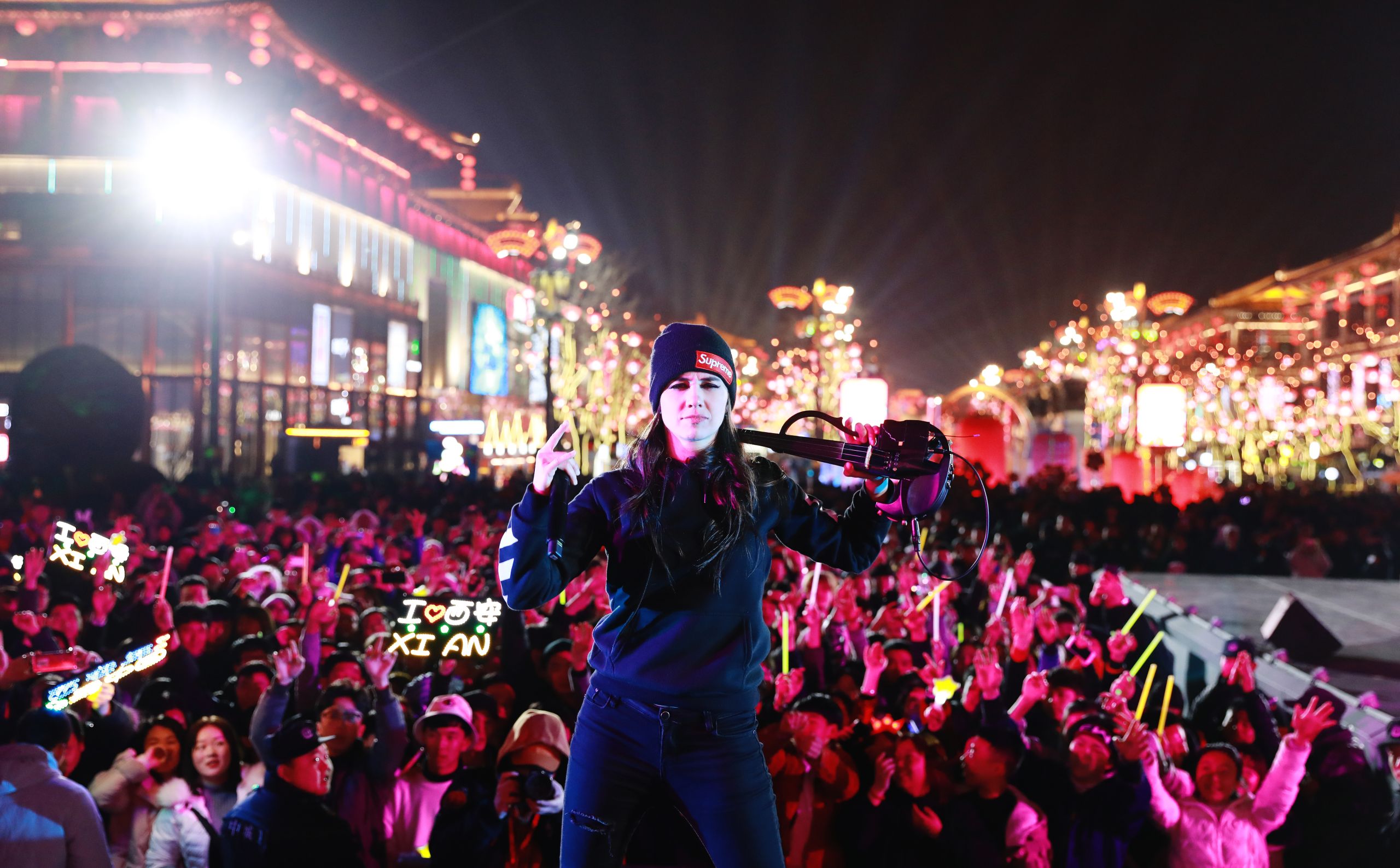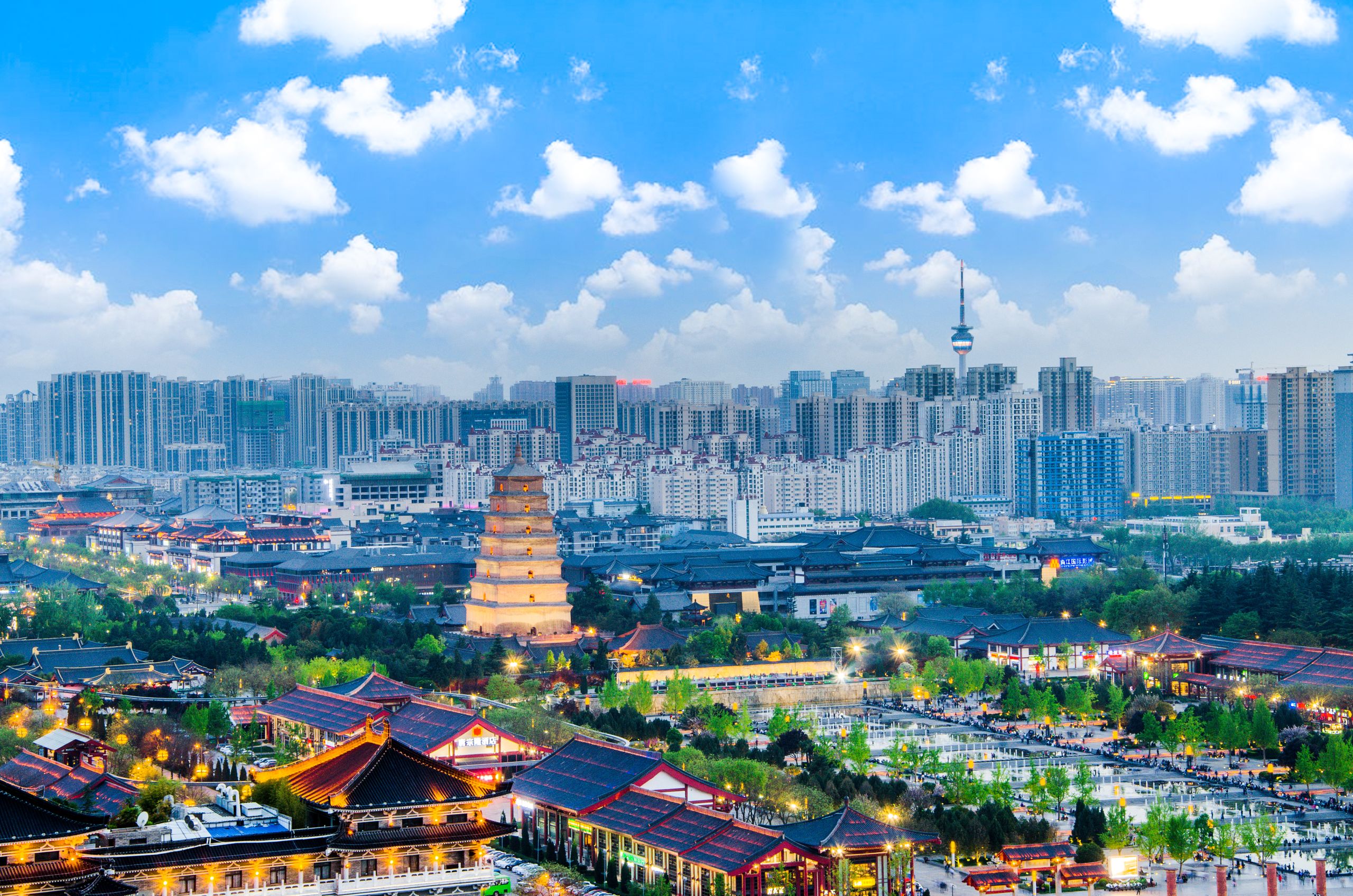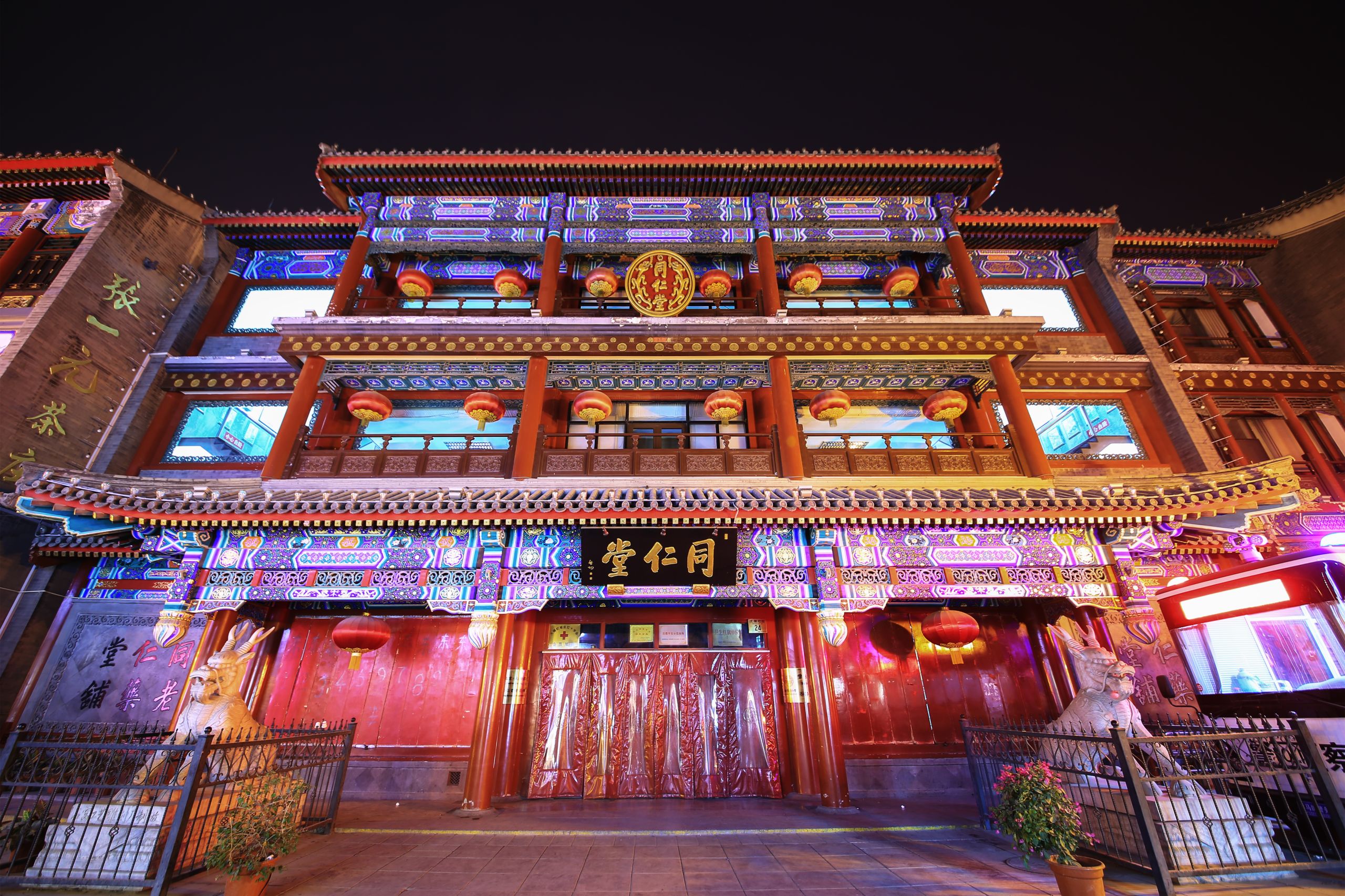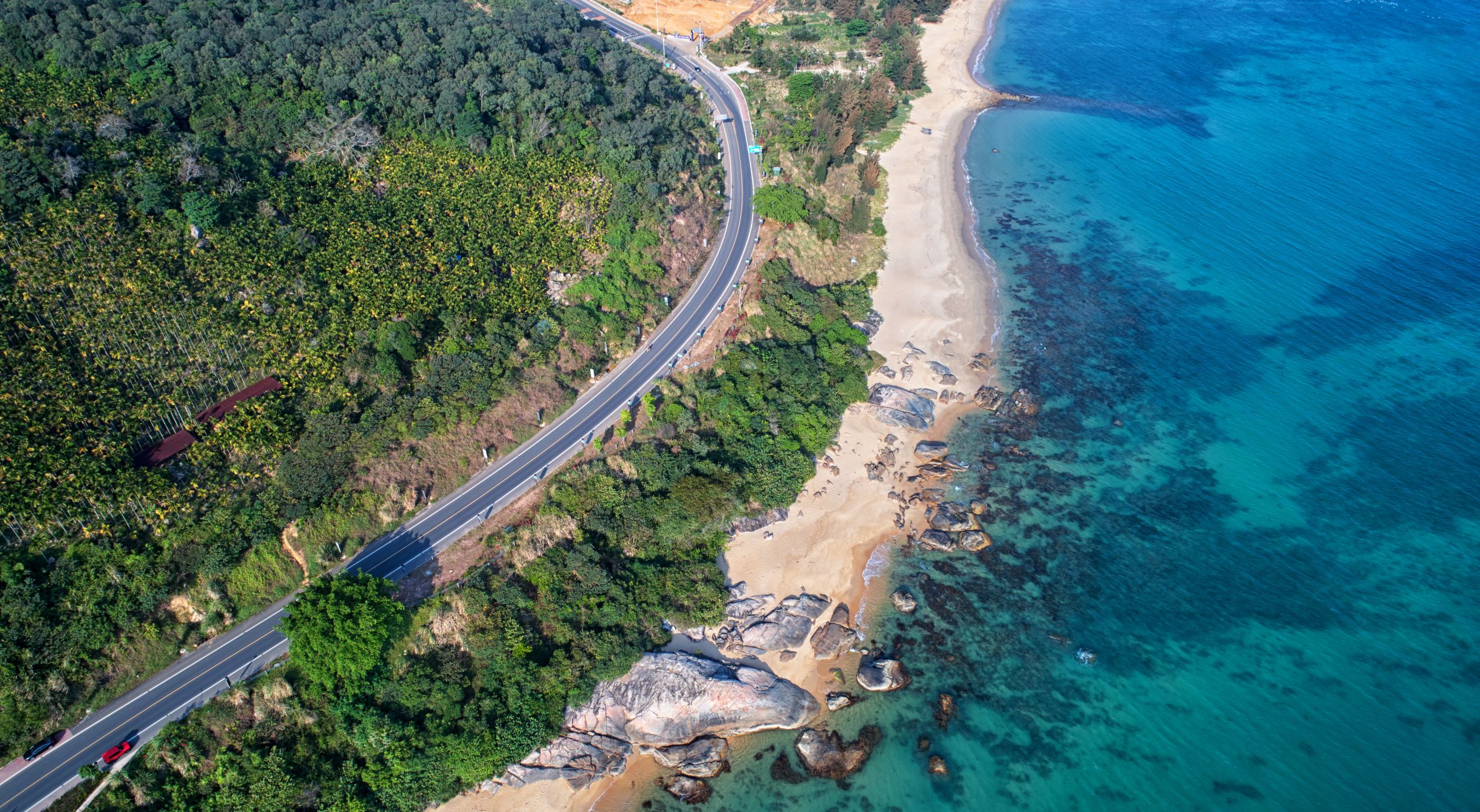China Country Profile
- Location:
China is located in East Asia on the western edge of the Pacific. China shares its borders with 14 countries: Mongolia in the north, Russia and North Korea in the northeast, Vietnam, Laos, Myanmar, India, Bhutan, and Nepal in the south, Pakistan in the southwest, and Afghanistan, Tajikistan, Kyrgyzstan, and Kazakhstan in the west.
- Size:
China has a land area of about 9.6 million square kilometres.
- History:
China has a rich history spanning 5,000 years.
- Capital:
Beijing. Beijing covers an area of about 16,000 square kilometres and has a population of about 21 million (2020 est.).
- Population:About 1.4 billion people (2020 est.). About 32 million people live in Chongqing, making it China’s largest city by population (2020 est.)
- Ethnic Groups:
China has 56 different ethnic groups, of which the greatest number can be found in Yunnan Province (26 ethnic groups). Guizhou Province is home to the second-highest number of ethnic groups at 18.
- Tour Recommendation:
10 days to 14 days.
- Recommended Ports of Entry:
Beijing, Shanghai, Chengdu, Guangzhou, or Hong Kong.
- When to Go:
Spring (Mar-Jun) and autumn (Sep-Nov) are unarguably the best times to visit China. The first five days of May and the first week of October are best avoided, however, due to the Labour Day and National Day holidays, two major national holidays in China. During this time, everywhere will be busy. Go mid-month instead, when most places will be deserted.
Mar-Jun and Sep-Oct: The whole of China is pleasant to visit in spring and autumn.
Jul-Aug: The summer months are a good time to travel to Gansu, Xinjiang, Qinghai, and Inner Mongolia in the north, where you can marvel at the eroded landforms in the Yardang National Park, explore deserts and lakes, and enjoy the grasslands at their greenest. These months are also suitable for travel to Yunnan and Guizhou, two culturally diverse south-western provinces.
Nov-Feb: The weather is bitterly cold in the north and only warm in the far south. This is a good season to travel to Hainan, Hong Kong, Guangdong, Yunnan, and Fujian in the south. But if you can brave the cold, it’s also a great time to visit the winter wonderland that is Jilin Province and join the crowds who flock to the famous Harbin Ice Festival in Heilongjiang.
- Transport:
The main international travel hubs all have direct flights to Beijing, Shanghai, Guangzhou, Chengdu and Hong Kong, China’s main points of entry.
Beijing Daxing Airport opened in 2019 and has the largest single terminal in the world. The Guardian selected it as the No.1 seven modern wonders of the world.
China also boasts the world’s largest high-speed rail network, with almost 45,000 kilometres of track in total. The fastest trains reach 250-350 km/h, meaning that a journey from Beijing to Shanghai or Xi’an, which is about 1,200 kilometres, can be done in as little as 4.5 hours.
- Accommodation:
From guesthouses, courtyard lodgings, and boutique hotels to five star international hotel chains, China offers an impressive choice of accommodation.
- Shopping:
In China, you can find a huge variety of local (and international) goods at reasonable prices, with “made in China” now becoming synonymous with quality. Traditional goods, such as Chinese qipao, silk, tea, antiques, handicrafts, and jade are also popular souvenirs.
- Safety:
China is considered one of the safest places in the world for foreign travellers. Day or night, your personal safety is never at risk. In many cities, the streets are lively at night – it’s a popular time to go for an after-dinner stroll, eat street snacks, or meet up with friends.
- Electricity:
The electricity supply in China is 220V, 50 Hz. Some of the newer Western hotel chains provide adapters for American and European plugs in the rooms.
- Language:
Mandarin is the official language of China and the lingua franca. The country is also home to a large number of Chinese dialects such as Cantonese, which is widely spoken in Hong Kong and Guangdong, as well as ethnic minority languages like Tibetan, Mongol, Uygur, Kazak and Kirgiz. Generally speaking, signs at airports, railway stations, subways and hotels are in both Chinese and English.
- Currency:
The renminbi (RMB) is the official currency of China. The RMB is pegged to the US dollar at a rate of 1 USD to 7.06 RMB. The RMB is pegged to the euro at a rate of 1 EUR to 7.88 RMB (as of August 2024). You can exchange cash at airports, banks, cash machines and larger hotels. Hong Kong has its own currency called the Hong Kong dollar. The Macau pataca is used in Macau and the new Taiwan dollar in Taiwan.
- Time in China:
China follows a single standard time offset of UTC+ 08:00 (which means it is eight hours ahead of Coordinated Universal Time). The time zone is officially called Beijing Time. Beijing Time is 7 hours ahead of Central European Time and, during the summer, 6 hours ahead of Central European Summer Time (the daylight-saving time used in major European countries such as France, Germany, and Italy). Beijing Time is 10 hours to 18 hours ahead of the time zones in the Americas. For example, Beijing Time is 16 hours ahead of Los Angeles and Vancouver, 14 hours ahead of Chicago and Mexico City, and 13 hours ahead of New York and Toronto. Unlike most areas of North America and Europe, China does not observe daylight saving time. So, remember to deduct an hour from the time difference when the clocks go forward in the spring.









